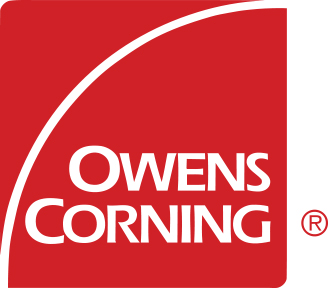Employee Q&A: Connecting a Local Plant’s Efforts to Global Priorities
Alix Sim, EHS Leader

Our people making a difference is a series featured throughout Owens Corning’s 2023 Sustainability Report.
For nearly 10 years, Alex Sim has been an EHS Leader at our plant in Kearny, New Jersey, U.S., bringing an in-depth understanding of how government, private enterprise, and public demand have shaped both U.S. and global environmental policy. His interest in environmental issues, including the impact human activity has on natural resources, goes back even further. Among his friends and family, he’s known as an outdoor enthusiast and an advocate for recycling and responsible energy use. Alex shares some of the Kearny plant’s recent successes and offers perspective on what it takes to be a leader in sustainability within our industry.
On maintaining ties to the communities where we operate
With Owens Corning’s position as a global leader, it is important to view the company’s impacts not just manufacturing site by manufacturing site, or state by state, but as a comprehensive global entity. In my role as an EHS Leader, it is important to maintain awareness of overall company goals in order to keep making positive progress with respect to air emissions management and other sustainability initiatives.
In 2023, the Kearny site conducted our first environmental community engagement exercise, the aim of which was to connect with local community organizations and community leaders. The result of these communications generated positive feedback regarding the level of responsibility with which Owens Corning conducts its business practices as a good industrial neighbor.
On the regulations that are shaping our industry
Historic landmark legislation like the Clean Air Act and Clean Water Act have improved the quality of important public resources that everyone should have the right to enjoy equally. Working within those regulations to maintain our site in Kearny puts into perspective how important it is to responsibly manage our site operations.
I feel fortunate to work for an organization that prioritizes responsible action to ensure that our emissions are quantified accurately and treated appropriately in order to minimize impacts to the regional and global community. For example, in Kearny, a new regenerative thermal oxidizer (RTO) was installed on a voluntary basis and ahead of regulatory requirements in order to properly manage Roofing manufacturing emissions.
During my time at Owens Corning Kearny, I have had a chance to contribute to the specification and installation of several new environmental control devices designed to limit the facility’s air emissions and maintain indoor air quality for our employees. These include fume collectors, dust collectors, and duct systems. While regulatory air emissions requirements can sometimes be complex to navigate, they ensure that we are operating in a manner consistent with industry standards to maintain the quality of our region’s air resources.
On collaboration between individuals and across functions
Teamwork and collaboration is one of the most important aspects of our job as EHS professionals. Effective communication between EHS personnel across the organization, between site EHS and consultants, and with regulators is essential to ensure that we are working towards improving sustainability performance. Without effective collaboration and teamwork, it would not be possible to ensure that work on complex air emissions regulations is being navigated correctly and the best results are achieved for our site, our employees, and the community.

